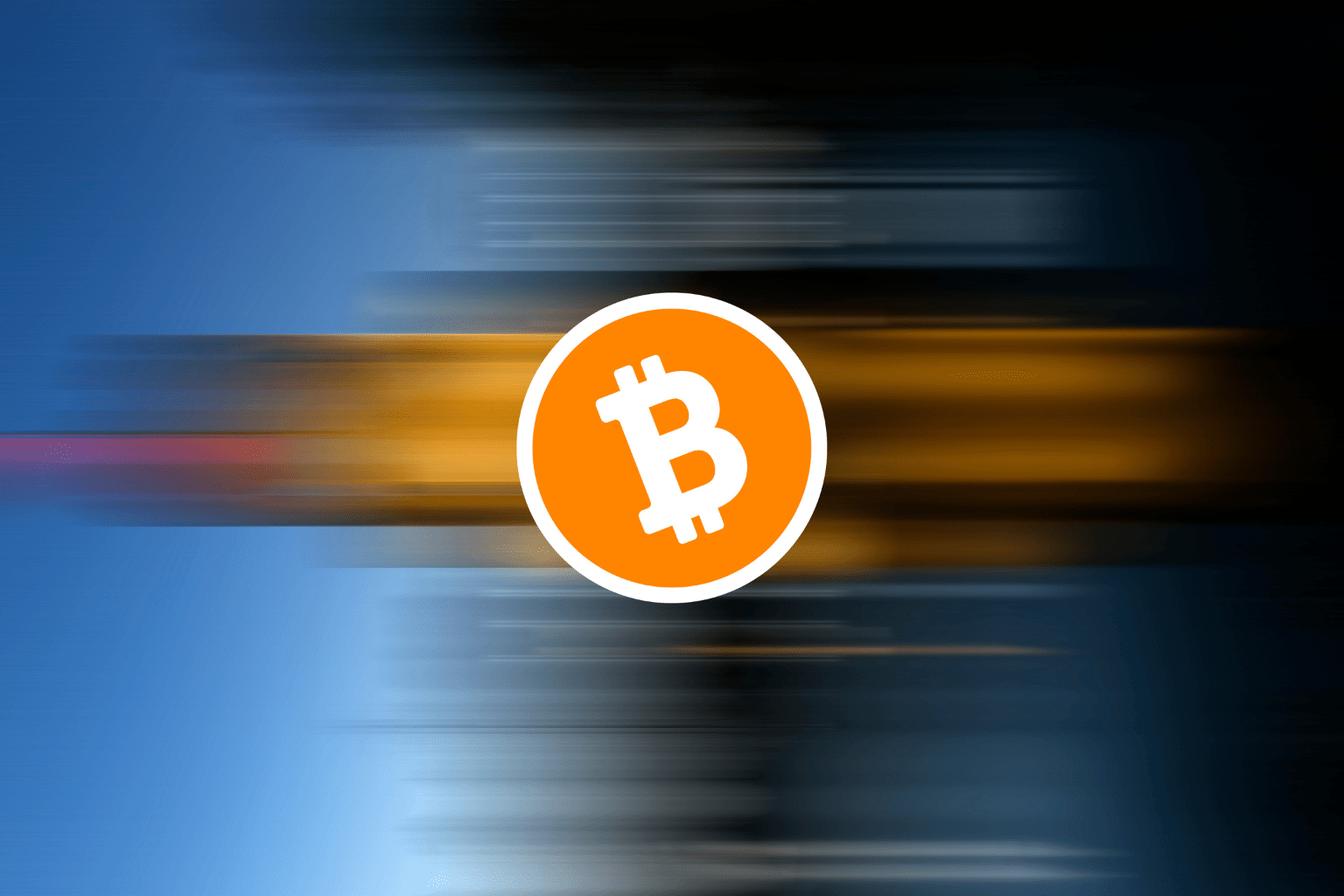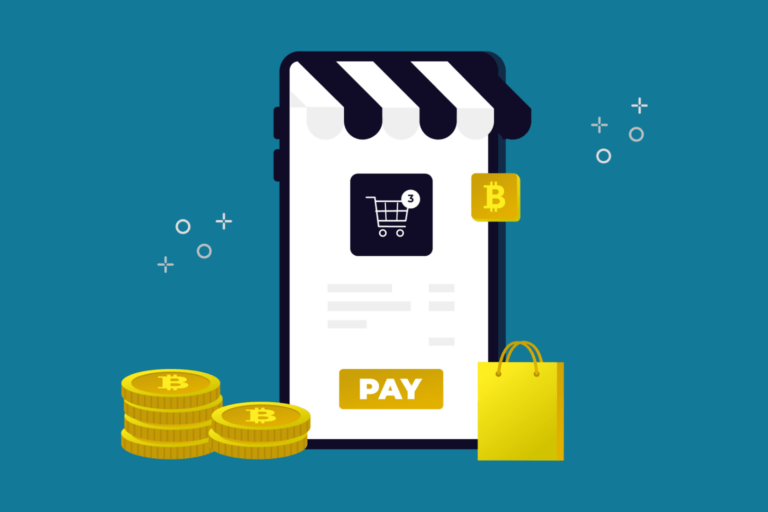Why users are moving to Bitcoin L2 for everyday crypto payments
Over 650 million people have access to Bitcoin today, with an increasing number transitioning from Bitcoin’s primary blockchain (Layer 1) to its faster, more efficient secondary layers (Layer 2). The need for quicker transaction times, lower fees, enhanced scalability, and improved user experiences drives this migration to Bitcoin L2.
Additionally, the specialization of crypto assets and their evolution from speculative assets to functional currencies are also key motivators. Together, these factors facilitate the broader adoption of Bitcoin for everyday payments, signaling a pivotal shift in the future of everyday crypto use.
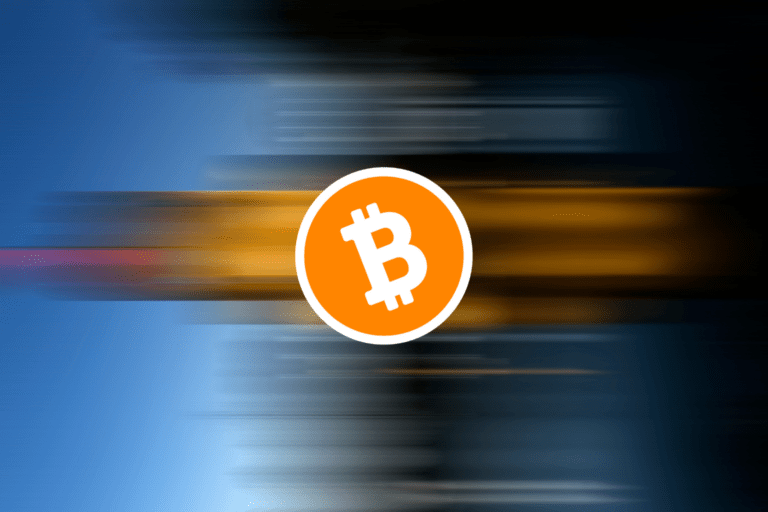
The migration from L1 to L2
Initially envisioned as peer-to-peer electronic cash, Bitcoin has predominantly evolved into the ideal crypto asset for storing value and for investment. Its architectural features, robust for securing value, do not optimize for high-frequency, low-value transactions due to inherent limitations such as high fees and slow confirmation times.
As the cryptocurrency ecosystem matures, users’ deepening knowledge of digital assets drives a strategic shift in usage patterns. This evolution is not merely about seeking faster speeds or lower transaction costs; it fundamentally redefines Bitcoin’s role from a speculative asset to a functional currency for daily use. The Lightning Network emerges as a critical solution for everyday transactions, while users increasingly prefer stablecoins like USDT for their stable value during transactions.
These specialized applications highlight a broader trend: users are diversifying their goals beyond mere financial returns to include transactional efficiencies. This segmentation of the market shows the growing sophistication of the crypto ecosystem and its capacity to meet diverse user needs—from long-term investment to day-to-day financial activities.
Growth and adoption of Bitcoin L2 Networks
The continuous growth in network capacity, usage, number of projects, and institutional interest are key indicators of the increasing adoption of L2 networks. Among the many Bitcoin L2 solutions available today, the Lightning Network stands out as the most well-known and extensively used, leading the way in enhancing transaction speeds and reducing costs. However, all L2 networks collectively contribute to the diverse landscape of Bitcoin scalability solutions.
Here are some key statistics that underscore the growth:
- As of June 2024, the network’s capacity reached a historic high, with over $350 million worth of Bitcoin, equating to 4,963.16 BTC, locked in the network.
- The number of operational nodes has escalated to 13,650, supporting 52,050 channels.
- By March 2025, the Total Value Locked (TVL) in Bitcoin L2 solutions had surged past 60,000 BTC, emphasizing a profound increase in trust and utilization.
- The ecosystem of Bitcoin-based L2 networks has expanded dramatically since 2021, growing more than sevenfold from 10 to 75 active projects in 2023.
- In 2024 alone, investors directed over 36% of all venture capital investments into Bitcoin L2 projects, accumulating a total of $447 million since 2018.
Projections for the future of L2 networks are also very promising. Experts estimate that by 2030, over $47 billion worth of BTC could flow into Bitcoin L2s. As of November 2024, approximately 0.8% of all BTC in circulation was either wrapped or locked in L2 solutions, with forecasts suggesting this could rise to 2.3% by 2030.
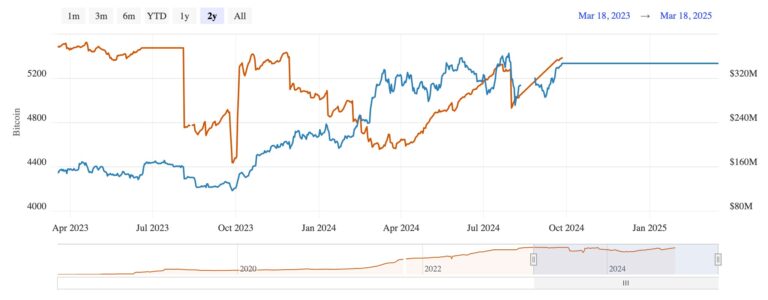
Crypto assets are specializing and finding a niche
Different crypto assets are increasingly finding their roles, specializing to serve specific functions that cater to distinct user needs. This specialization clearly indicates a maturing market where not all cryptocurrencies aim to serve the same purposes. It is also a significant reason why users are moving to Bitcoin L2 networks.
The growing specialization within the crypto space clearly outlines a path toward a more structured and mature digital economy, where people see cryptocurrencies not just as speculative investments but as practical tools for everyday financial activities.
Bitcoin as a store of value and for investment
Bitcoin continues to be the predominant choice for investors looking for a digital store of value, similar to gold. Its attributes of scarcity and widespread recognition support its position as a safe haven asset, especially appealing during times of economic uncertainty, despite not being its primary use case initially.
The Lightning Network for everyday transactions
The Lightning Network exemplifies how specific technologies are tailored to resolve particular issues. It efficiently handles small and frequent transactions, something the main Bitcoin network struggles with due to its design for security and scalability at the base layer. This makes the Lightning Network an ideal solution for everyday payments, allowing users to enjoy the benefits of Bitcoin with added transactional fluidity and lower fees.
Stablecoins for predictable value
Stablecoins like USDT have carved out a niche for themselves by providing predictability and stability in value. They are pegged to stable assets such as the US dollar, making them an attractive option for everyday transactions where volatility is a concern. The recent introduction of USDT to the Lightning Network marks a significant milestone, blending the stability of USDT with the efficiency of the Lightning Network.
The role of Bitcoin L2 in reducing abandonement rates
A staggering 35% of users drop their Bitcoin L1 payment transactions. And there are several reasons why this happens:
Long transaction confirmation times
Factors such as network congestion, block size limitations, and scalability challenges have increased Bitcoin L1 transaction confirmation times over the years. Today, it takes 19 minutes on average. In some cases, transactions with very low fees might remain unconfirmed for extended periods or even be dropped from the mempool after 14 days.
Poor UX
The inherent complexities and technical nature of these transactions, whether through cold or hot wallets or third-party interfaces, also worsen the user experience for Bitcoin L1 payments. Users must navigate issues like choosing appropriate transaction fees, understanding address formats, and dealing with potentially lengthy wait times for confirmations.
High fees
Bitcoin L1 transaction fees can vary based on network congestion and transaction priority. While current fees are relatively low, they have historically spiked during periods of high network activity. This variability pushes users to time their transactions to avoid high costs, which also contributes to higher abandonment rates.
The increasing adoption of Layer 2 solutions aims to address these scalability issues and reduce the likelihood of transaction delays or potential abandonment scenarios. Bitcoin L2 solutions enhance the transaction process by:
- Allowing transactions to bypass the congested and costly Layer 1, offering quicker confirmation times and near-zero fees.
- Settling transactions off-chain and only interact with the main blockchain at the opening and closing of payment channels.
- Significantly reducing the likelihood of transaction failures due to low fees or network congestion, ensuring a higher success rate for transfers.
Crypto is evolving from speculative asset to functional currency
There are also several advancements that collectively showcase the shifting role of cryptocurrencies, from speculative assets to robust, functional currencies capable of fulfilling everyday financial needs:
- Increased transactional use: Bitcoin L2 solutions facilitate everyday transactions that are both quick and cost-effective, mirroring the convenience of traditional instant payment methods like digital wallets and contactless payments.
- Stability through adoption: As more businesses and institutions adopt Bitcoin for real-world transactions, its role as a functional currency strengthens. Institutional investments and the development of crypto products by major financial players are significant endorsements that enhance cryptocurrency stability and credibility.
- Integration with financial systems: Cryptocurrencies are increasingly being integrated into existing financial systems, with services like payment processors and credit cards supporting crypto transactions alongside traditional currencies, making them as accessible and usable as fiat money.
- Regulatory frameworks: Clearer regulatory frameworks, like MiCA, are being developed around the world, lending legitimacy to cryptocurrencies as functional, reliable forms of money. This regulatory recognition is complemented by increasing institutional interest, which together promote broader acceptance and integration of cryptocurrencies in mainstream finance.
- Technological improvements: Ongoing improvements in blockchain technology and more efficient Layer 2 solutions, are making cryptocurrencies more practical for daily use, making crypto payments competitive with established payment infrastructures.
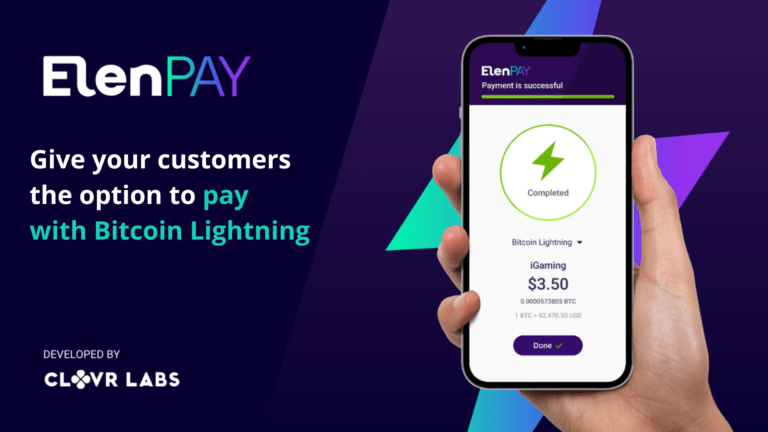
Give your customers the option to pay with Bitcoin L2
Integrate Bitcoin Lightning payments through ElenPAY and enhance your customers’ payment experience by providing:
- Speed and efficiency.
- Near-zero transaction fees.
- Increased security.
- Ease of use.
- An extra payment option.
Offering Bitcoin Lightning payments not only positions your business at the forefront of payment technology but also caters to the growing segment of consumers who prefer using cryptocurrencies for their online payments.

